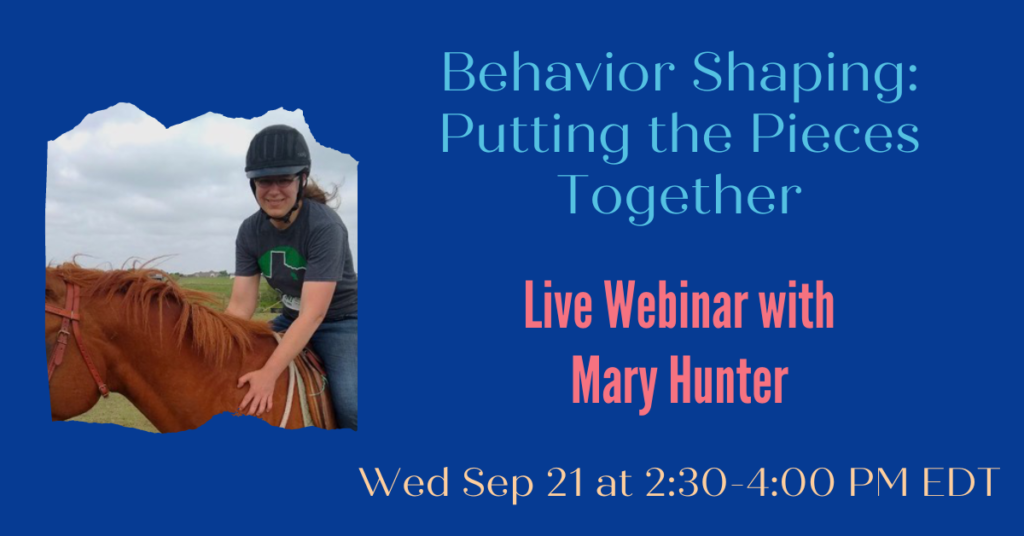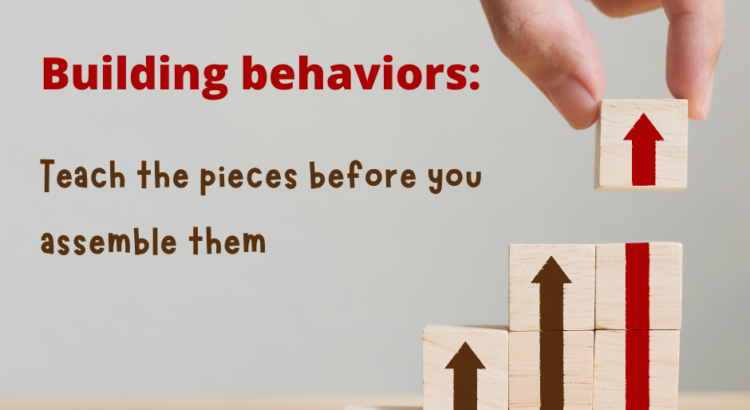By Mary Hunter M.Sc.
I’d like to share a quote with you from behavior analyst Dr. Beth Sulzer-Azaroff. (Editor’s note: Dr. Beth Sulzer-Azaroff was a pioneer in the field of behavior analysis who passed away in Feb 2022 at the age of 92).
I first came across Dr. Sulzer-Azaroff’s work a handful of years ago when I was redesigning an undergraduate class that I taught at that time. My mission, which was to learn as much as I could about mastery-based instruction and Dr. Fred Keller’s Personalized System of Instruction, led me to some of the articles and textbooks by Dr. Sulzer-Azaroff.
One Big Idea
One big idea that comes across in Dr. Sulzer-Azaroff’s work is that we must have well-designed instructional materials and shaping plans if we want our learners to be successful. If a learner is struggling or confused, we should not blame the learner. Instead, we should adjust our teaching.
Here is a quote that I’ve always liked and that I often share when I’m lecturing about errorless learning. The quote comes from Dr. Sulzer-Azaroff’s textbook Applying Behavior-Analysis Procedures with Children and Youth.
“A fairly basic principle for establishing chains efficiently, one that should be obvious by now, is to try to form the chain from behaviors that are already part of the individual’s repertoire.
It is easier to teach children to write their names if they can already write each of the component letters than it is to shape the writing of each letter as part of the instructional procedure. It is easier to teach children to dress themselves if they already know how to button, zip, tie, and snap than it is to teach them those component behaviors simultaneously.” – Beth Sulzer-Azaroff and G. Roy Mayer (1977)
The advice in this quote may seem obvious. However, we often do the opposite when teaching both people and animals. We try to teach everything at once and expect the learner to figure out how to do the behaviors while also learning when to do each part. Even “simple” behaviors that seem like they are just one behavior are composed of smaller pieces and require certain prerequisite skills.
Teach One Skill Component at a Time
For example, imagine you’re trying to teach a horse to lower his head into the noseband of a halter and then keep his head down while you buckle the halter. This seemingly simple behavior actually has several parts to it. If you try to teach the entire haltering behavior all at once, you’re lumping these pieces together.
A better approach is to teach one piece at a time. This approach may add additional steps, but your training will actually go faster! For example, without using the halter, you could first teach the horse to lower his head, and you could also teach him to keep his head still for some duration.
Next, you could teach him to stay still and relaxed when your hands and other objects touch his face. You could also use a target and a loop of leather to teach him the concept of putting his nose through something.
By the time you introduce the halter, you should be able to fairly easily teach him to put his nose through it and hold steady while you buckle it. This training process will go quickly because your horse already has all of the pieces he needs for this task.
Are there any behaviors you are trying to teach that are going slowly or that your learner seems to be struggling to learn? This week, take a closer look at these behaviors. Are there ways you can isolate and teach separately some of the important pieces that your learner needs?
This article was reprinted with permission from the Stale Cheerios Blog by Mary Hunter
Learn How to Improve Your Shaping Skills – with Mary Hunter

NOTE: if the date for this is in the past (Sep 21, 2022) – you can still register to see the recording
Would you like to wow your learners and your colleagues with your next level shaping ninja skills?
Do you ever wonder how the master teachers and trainer manage to teach incredibly complex behaviors?
The answer is: one step at a time.
The most efficient and fun way to teach a complex behavior is to break it down into small pieces, teach the pieces in isolation and then put the pieces together to form the final goal behavior. In this webinar you’ll learn how to transfer the action taught in isolation into the final goal behavior and you’ll learn how to practice this skill.
